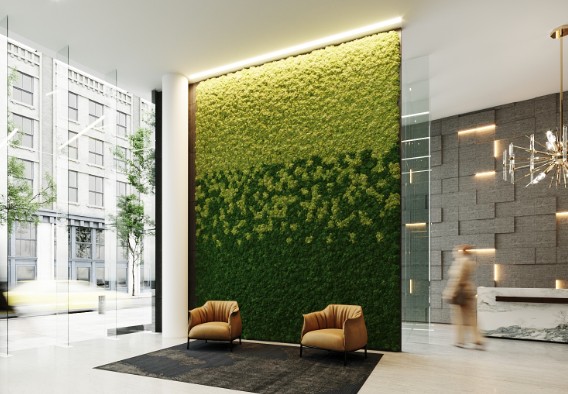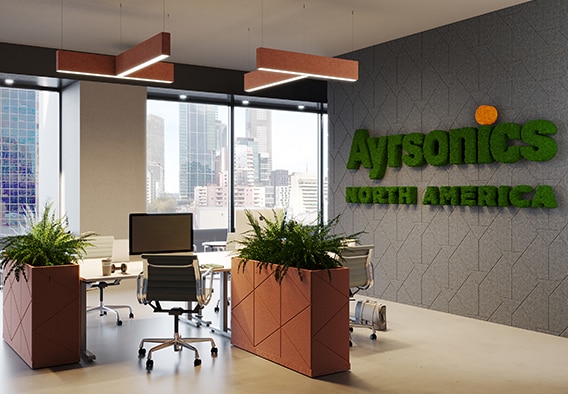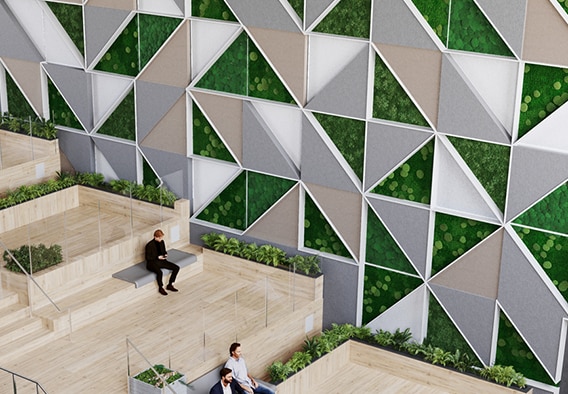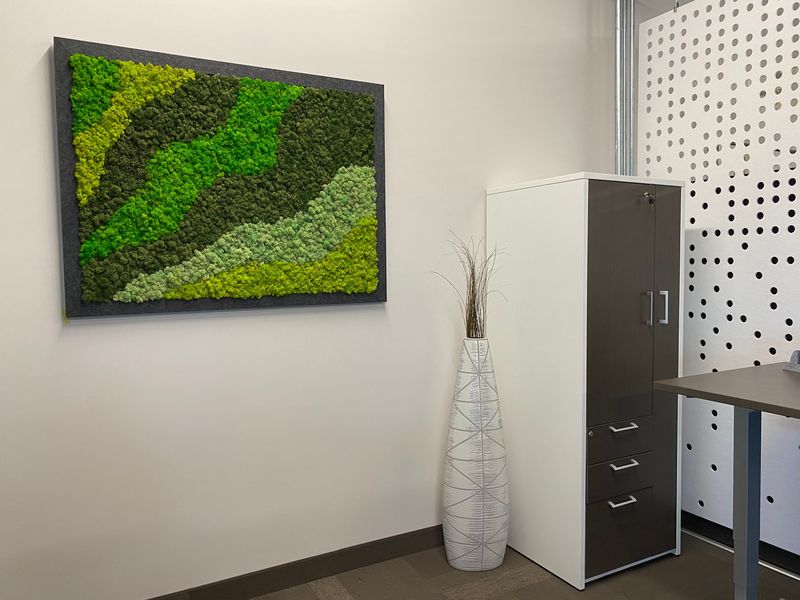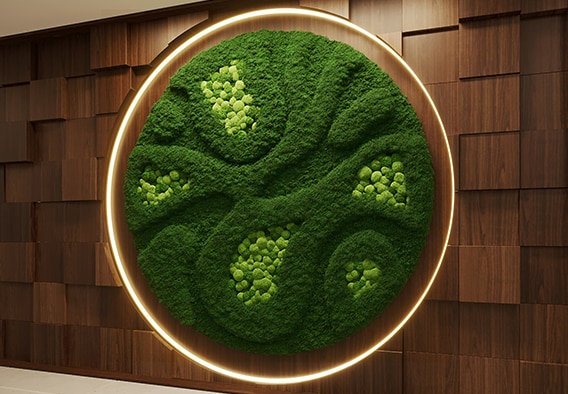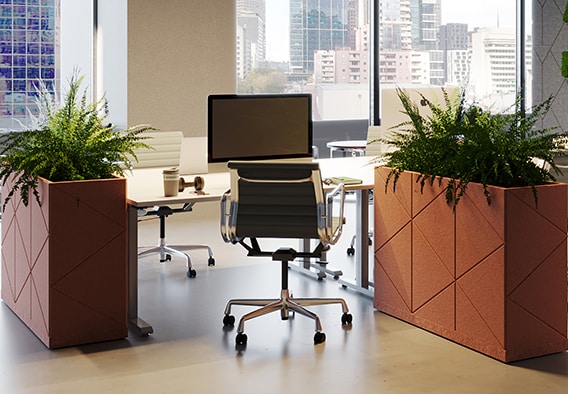Biophilic Interior Design
The principles of biophilic design are grounded in our passion for all that is alive. Forward-thinking business owners have been embracing biophilic interior design to enhance aesthetics and improve wellness. This holistic design approach integrates elements of the natural world into indoor environments for a multi-sensory experience that soothes and restores.
The term biophilia, coined by biologist Edward O. Wilson, refers to the human connectedness to nature and living systems. Studies show that this affinity is a crucial part of our physical and psychological development, as it helps us lead healthier and happier lives. Interior biophilic design emphasizes both nature and natural analogs to create a more comforting, harmonious environment.
Importance of Interior Biophilic Design
Interior design is focused on curating spaces with a deep understanding of how humans are influenced by their surroundings. Biophilic interiors harness the healing power of the outdoors through repeated engagement with direct or indirect natural experiences. This could be a clerestory that ushers in fresh air and light or a piece of framed moss art that invokes feelings of tranquility.
The biophilic emphasis in interior design is gaining traction in many commercial areas, including office buildings, restaurants, hotels, spas, fitness centers, and retail establishments, among others. From lighting and acoustics to color, including finishes and building materials, interior designers bring features of nature to instill a greater sense of balance and well-being.
Research shows that exposure to greenery, sunlight, and nature-inspired shapes can reduce stress levels, improve cognitive ability, and lower the risk for hypertension. Biophilic elements support our parasympathetic nervous system, which creates a feeling of well-being.
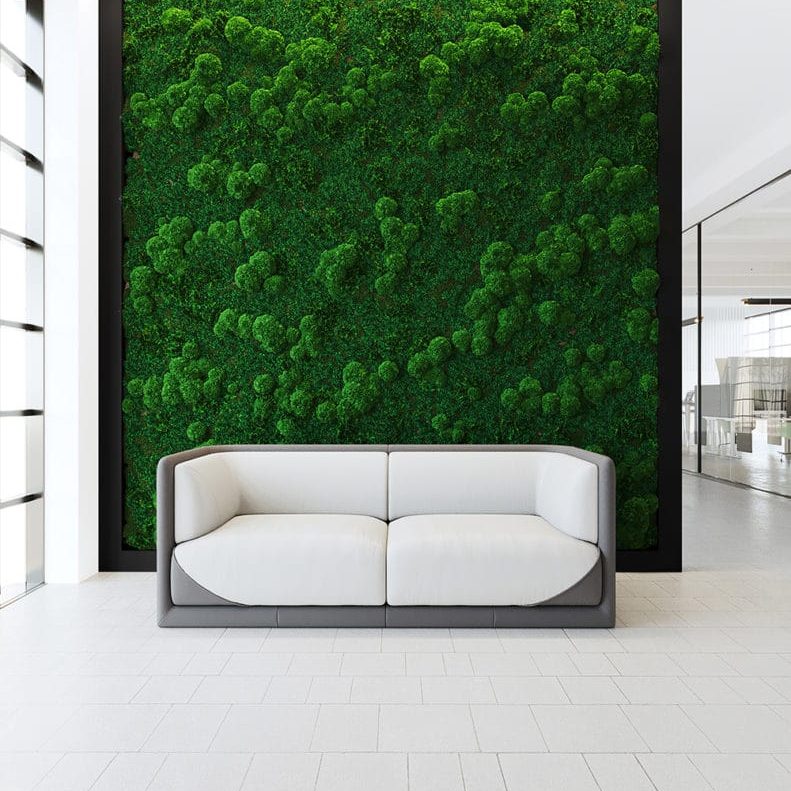
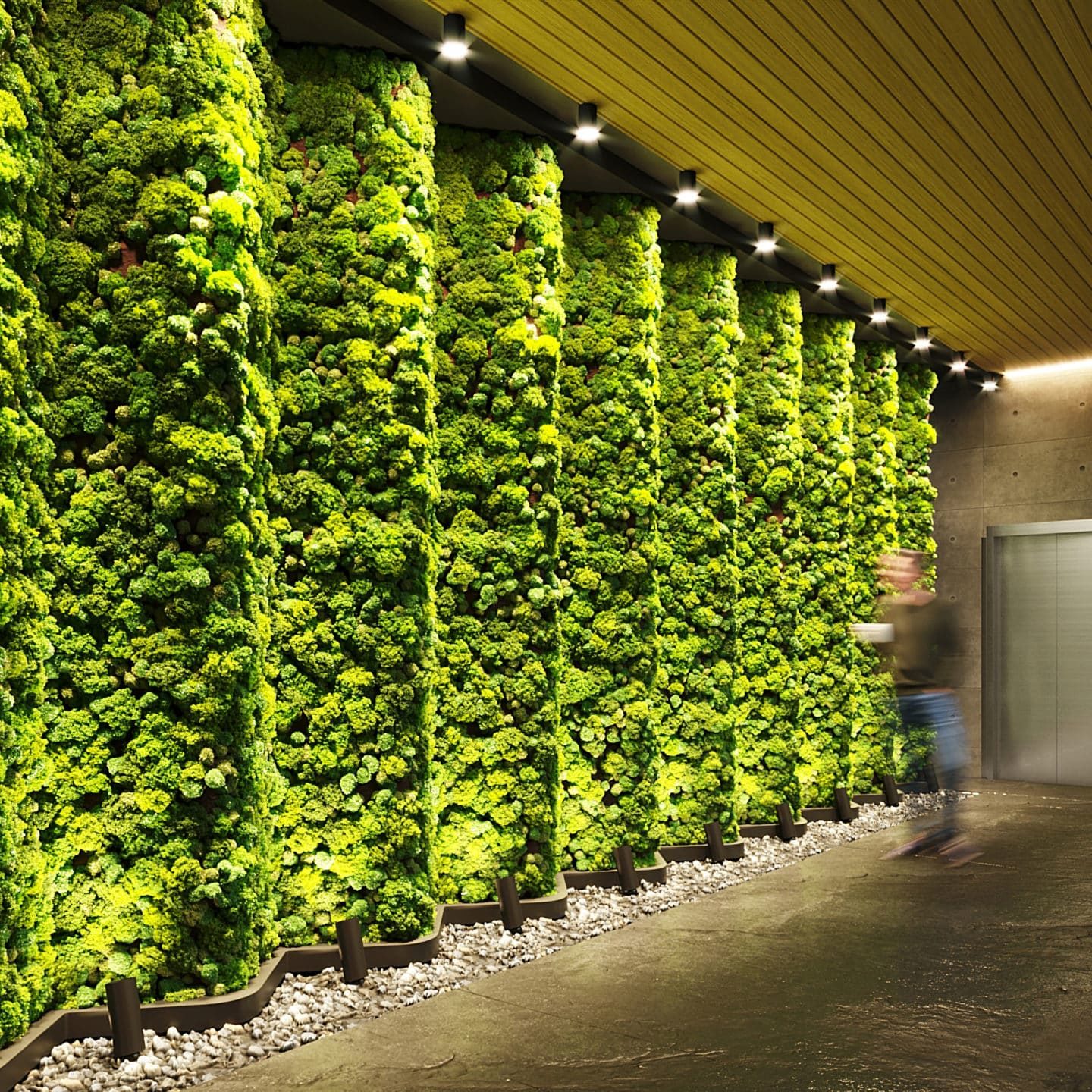
Elements of a Biophilic Interior
Natural materials like stone, reclaimed wood, bamboo, leather, cork, clay, and rattan are effective ways to create a biophilic interior. These materials are tactile and highly durable; they evoke a sense of warmth that is often absent with artificial synthetics. Some of the world’s premier resorts and retail stores use natural materials and fibers in finishes and decor to add texture and character to interiors.
Forms and patterns abundant in the natural world are another hallmark of biophilic interior design. If you have ever wondered why fractal patterns are so pleasing to the eye, it’s because they are everywhere in nature: tree branches, roots, ferns, leaves, and snowflakes are classic examples. Rounded and curved furniture and other botanical-inspired motifs provide a subtle yet positive connection with nature.
Flora provides a visual connection with nature and can be achieved with decorative moss planters made with real, naturally-preserved moss that is maintenance-free. Ideal for reception areas, conference rooms, or any space that needs a mood-brightening pop of color, moss planters can be custom-made to any height or design specification.
Interior spaces with minimal natural lighting and ventilation employ creative means to create a bright and welcoming atmosphere. Interior lights with variable height and intensity can enhance visual comfort while supporting our circadian rhythm.
Quiet Earth Moss decorative moss planters are made using ezoBord and are a great alternative to hard surface planters with the added benefits of acoustic sound dampening, space division, and even social-distancing within a larger space.
Custom Decorative Moss Art
Biophilia has transformed the landscape of interior design to create a healthier and more productive environment. Quiet Earth custom preserved moss products bring the beauty of the natural world indoors. Our team would be thrilled to help you with your next interior design project. Contact our design and engineering professionals today.

